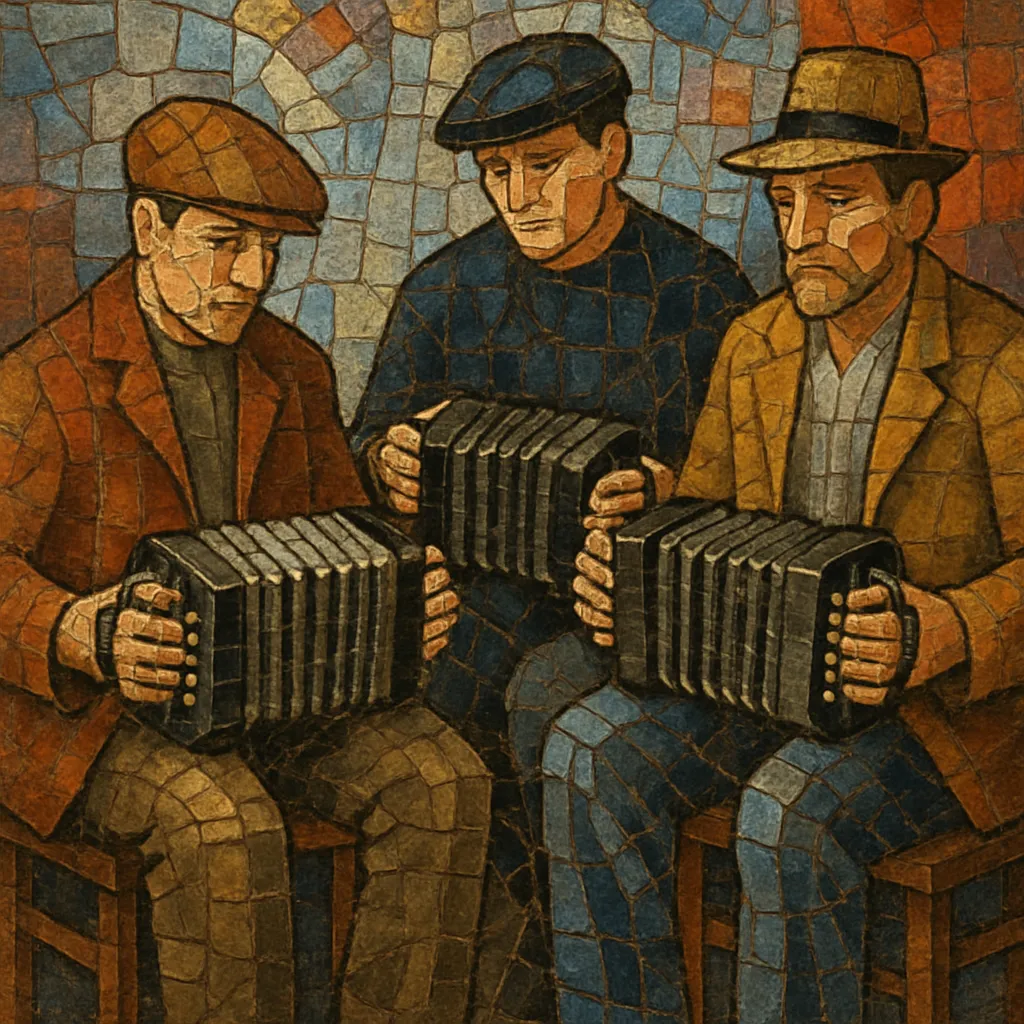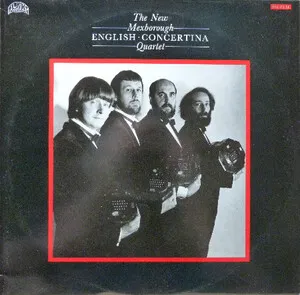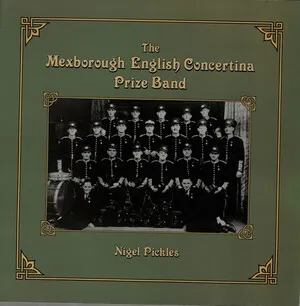
Concertina band is an ensemble-based tradition built around families of concertinas (English, duet, and Anglo systems) arranged in choirs from soprano through bass, much like a brass band.
It flourished in late 19th- and early 20th-century Britain, especially in northern industrial towns and within the Salvation Army. Repertoire centered on marches, hymn tunes, light classics, and popular dance forms (polkas, waltzes, schottisches), arranged for multiple concertinas to create a rich, blended reed tone distinct from solo concertina playing.
Typical lineups feature treble, baritone, and bass instruments, sometimes with harmonium or light percussion. The style emphasizes precise part-writing, unison attacks, and bellows phrasing to emulate the clarity and balance of brass and military bands.
The concertina was patented in the 1830s and quickly became a favored parlour and salon instrument in Victorian Britain. A growing printed-tutor culture (e.g., Alsepti, Case) and celebrated virtuosi (Regondi, Percy Honri) expanded technique and repertoire. By the 1870s, multiple sizes of concertinas (treble to bass) enabled part-writing, laying the groundwork for ensemble use.
Inspired by the organizational model and repertory of brass bands, community concertina bands formed in northern England mill and mining towns and in Salvation Army corps. Manufacturers (Wheatstone, Lachenal, Jones, Crabb) produced baritone and bass instruments to complete the choirs. Bands competed at regional contests (often alongside brass events), played park concerts, processions, and services, and published dedicated arrangements of marches, hymn tunes, and light classics.
The gramophone era and the popularity of dance orchestras shifted public taste. Some Salvation Army units maintained concertina sections, but many independent bands dwindled due to changing leisure patterns and the expense of low-pitch instruments. World War disruptions further reduced ensembles and instrument availability.
While the postwar folk revival spotlighted solo Anglo and English concertina traditions, it also rekindled interest in historic band scoring and instrumentation. A handful of enthusiasts, archivists, and community groups have preserved music, photographs, and surviving bass/baritone instruments, occasionally mounting reconstructions and recordings. Today, concertina band practice survives as a niche heritage ensemble tradition and an arranging style that borrows the balance and clarity of brass bands while retaining the concertina’s distinctive reed timbre.



